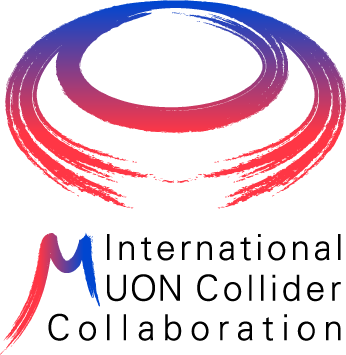• What is needed as input for next Strategy Update?
– What will be objections to the muon collider concept?
– What do we need to support to be scientifically sound?
– What do we need to have ready for the test facilities?
– And the other R&D programme?
• Probably should think in terms of scope from the beginning: for each R&D item, define required level => Initial proposal:
- no work needed;
- concept, basic parameters;
- lattice, reasonable basic performance specifications;
- lattice with tolerances, advanced performance specifications;
- conceptual design;
- engineering design;
- model, test of specific parameters;
- prototype.
Charge for this Second Muon Community Meeting:
During the first community meeting we identified a set of challenges in the delivery of the muon collider. The goal now is to confirm those challenges and develop them into a prioritised and resource loaded R&D list.
In particular:
- Identify the R&D that has to be carried out before the next ESSU-PP to scientifically justify the investment into a full CDR for the muon collider and the corresponding demonstration programme.
- Identify the main components of the demonstration programme together with the corresponding preparatory work.
- Realistic but ambitious targets for the performance goals of the different collider systems.
Conveners of the 11 working groups (note that we are in the process of enhancing the working group conveners, so the following is subject to change: as of 15/06/21):
Radio-Frequency (RF): Alexej Grudiev (CERN), Jean-Pierre Delahaye (CERN retiree), Derun Li (LBNL), Akira Yamamoto (KEK).
Magnets: Lionel Quettier (CEA), Toru Ogitsu (KEK), Soren Prestemon (LBNL), Sasha Zlobin (FNAL), Emanuela Barzi (FNAL).
High-Energy Complex (HEC): Antoine Chance (CEA), J. Scott Berg (BNL), Alex Bogacz (JLAB), Christian Carli (CERN), Angeles Faus-Golfe (IJCLab), Eliana Gianfelice-Wendt (FNAL), Shinji Machida (RAL).
Muon Production and Cooling (MPC): Chris Rogers (RAL), Marco Calviani (CERN), Chris Densham (RAL), Diktys Stratakis (FNAL), Akira Sato (Osaka University), Katsuya Yonehara (FNAL).
Proton Complex (PC): Simone Gilardoni (CERN), Hannes Bartosik (CERN), Frank Gerigk (CERN), Natalia Milas (ESS).
Beam Dynamics (BD): Elias Metral (CERN), Tor Raubenheimer (SLAC and Stanford University), Rob Ryne (LBNL).
Radiation Protection (RP): Claudia Ahdida (CERN).
Parameters, Power and Cost (PPC): Daniel Schulte (CERN), Mark Palmer (BNL), Philippe Lebrun (CERN retiree and ESI), Mike Seidel (PSI), Vladimir Shiltsev (FNAL), Jingyu Tang (IHEP).
Machine Detector Interface (MDI): Donatella Lucchesi (University of Padova and INFN), Christian Carli (CERN), Anton Lechner (CERN), Nicolai Mokhov (FNAL), Nadia Pastrone (INFN), Sergo R Jindariani (FNAL).
Synergy: Kenneth Long (Imperial College), Roger Ruber (Uppsala University), Koichiro Shimomura (KEK).
Test Facility (TF): Roberto Losito (CERN), Alan Bross (FNAL), Tord Ekelof (Uppsala University).
=> Structure of the 3-day meeting:
- July 12: plenary introduction, parallel working groups finalise list of required R&D
- July 13: plenary: working groups present lists of required R&D and resource estimates
- July 14: plenary: first prioritised list of R&D items, opportunity to express interest

